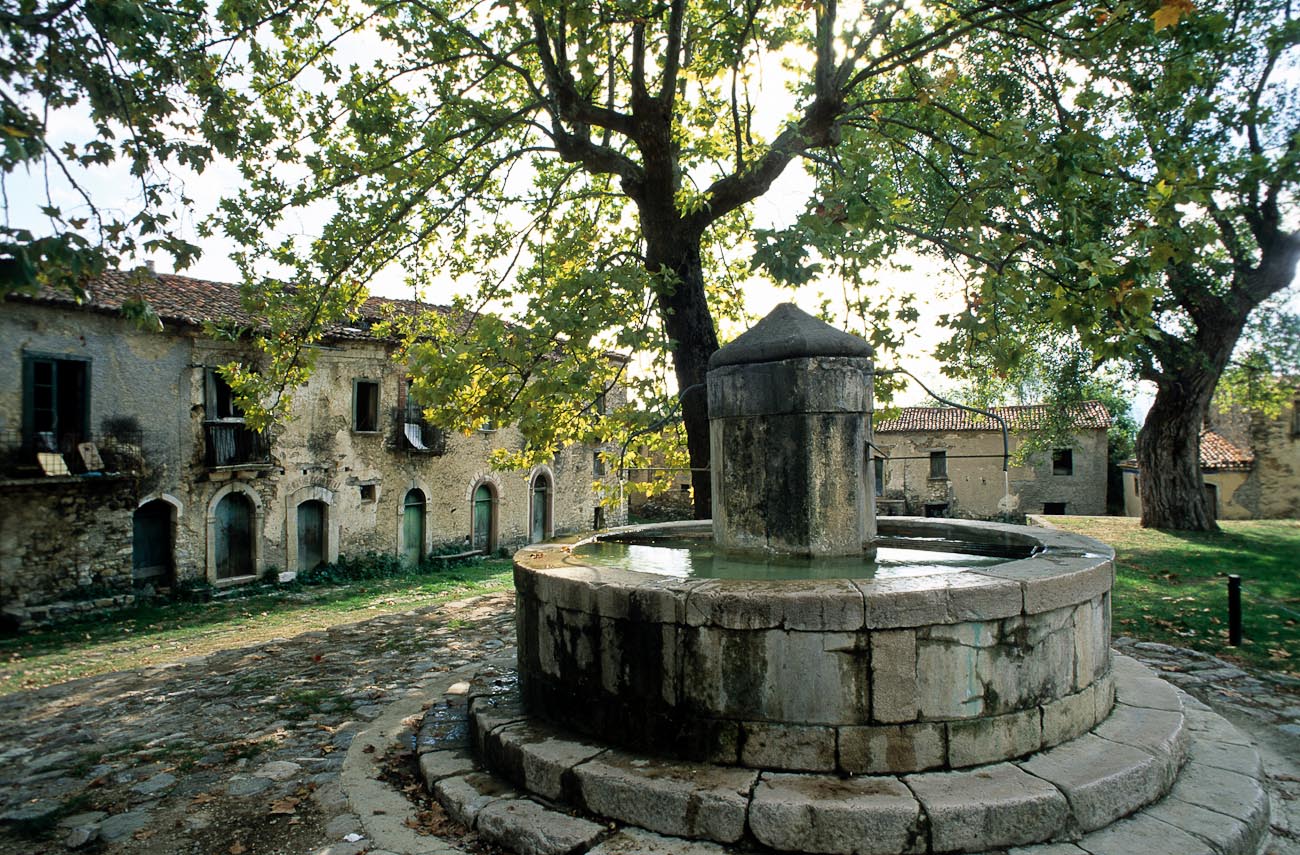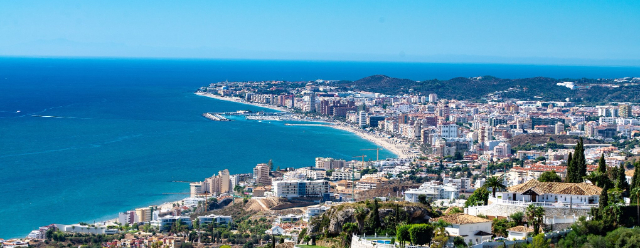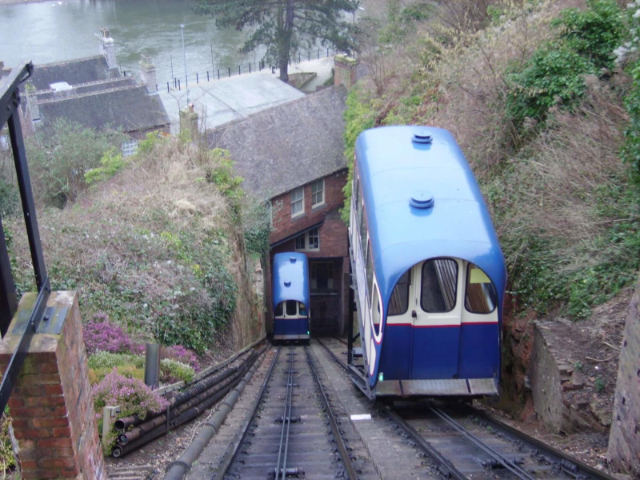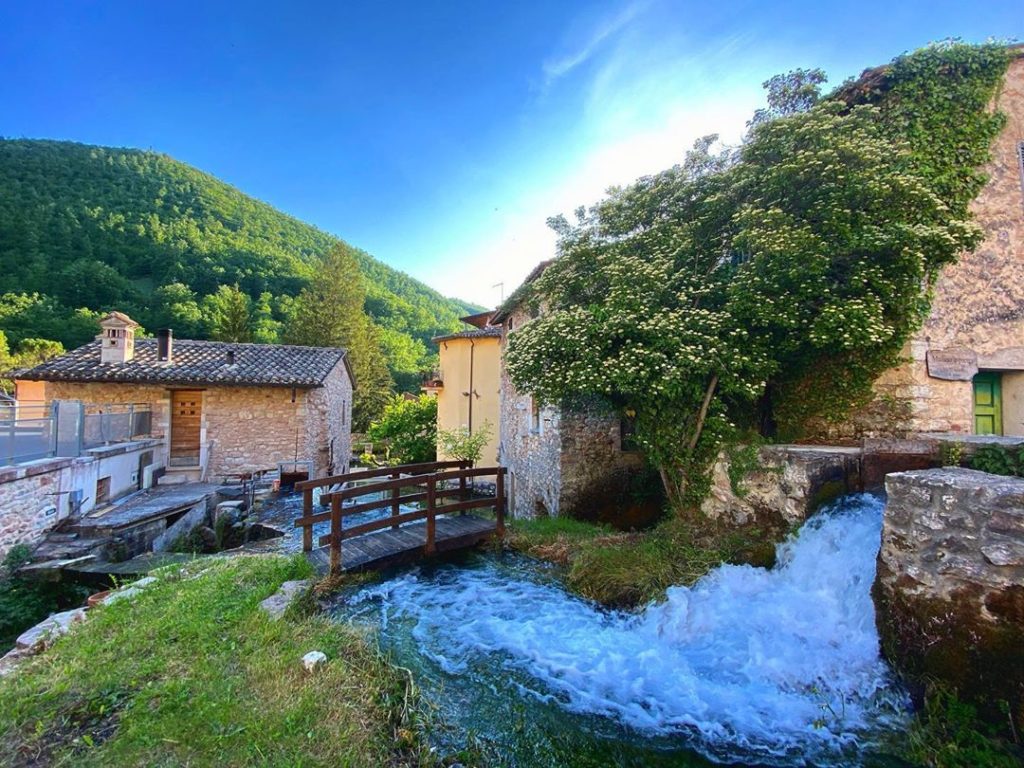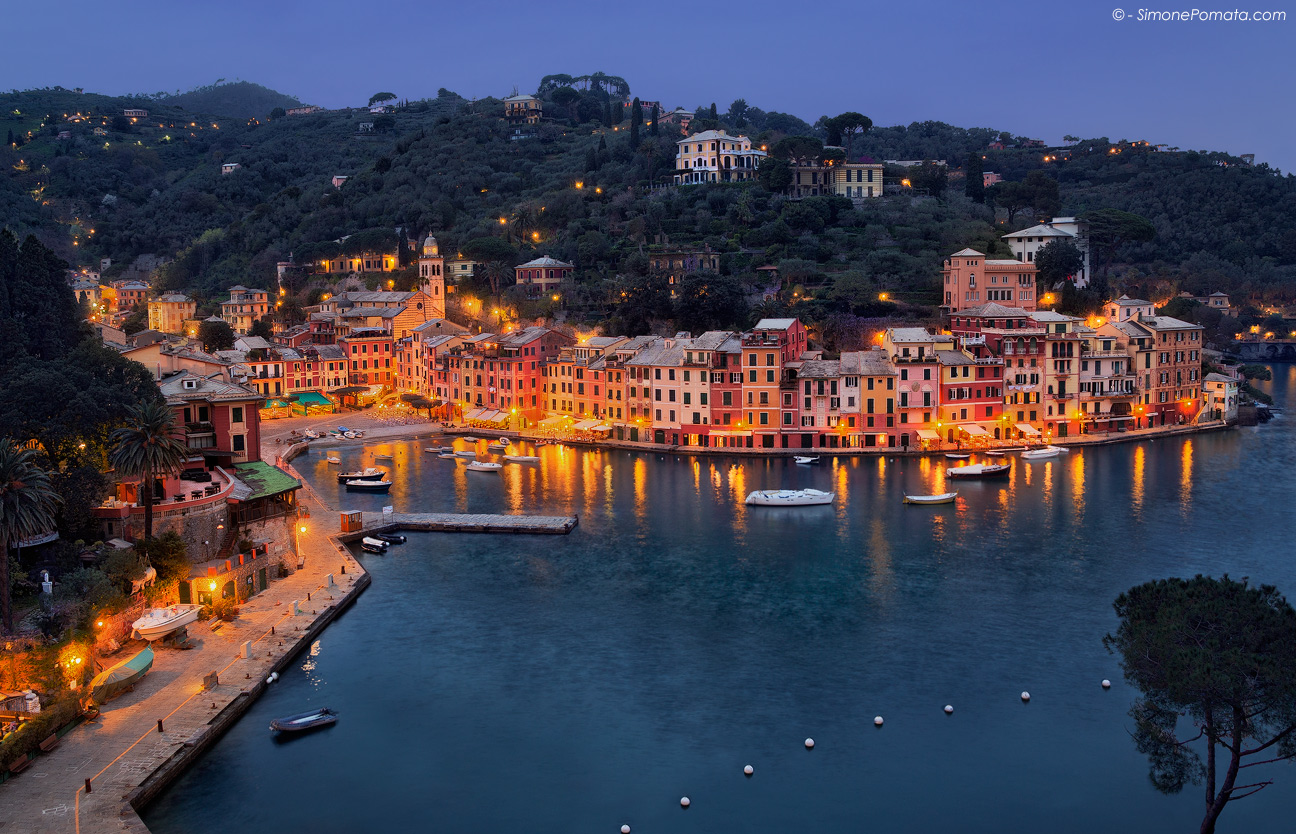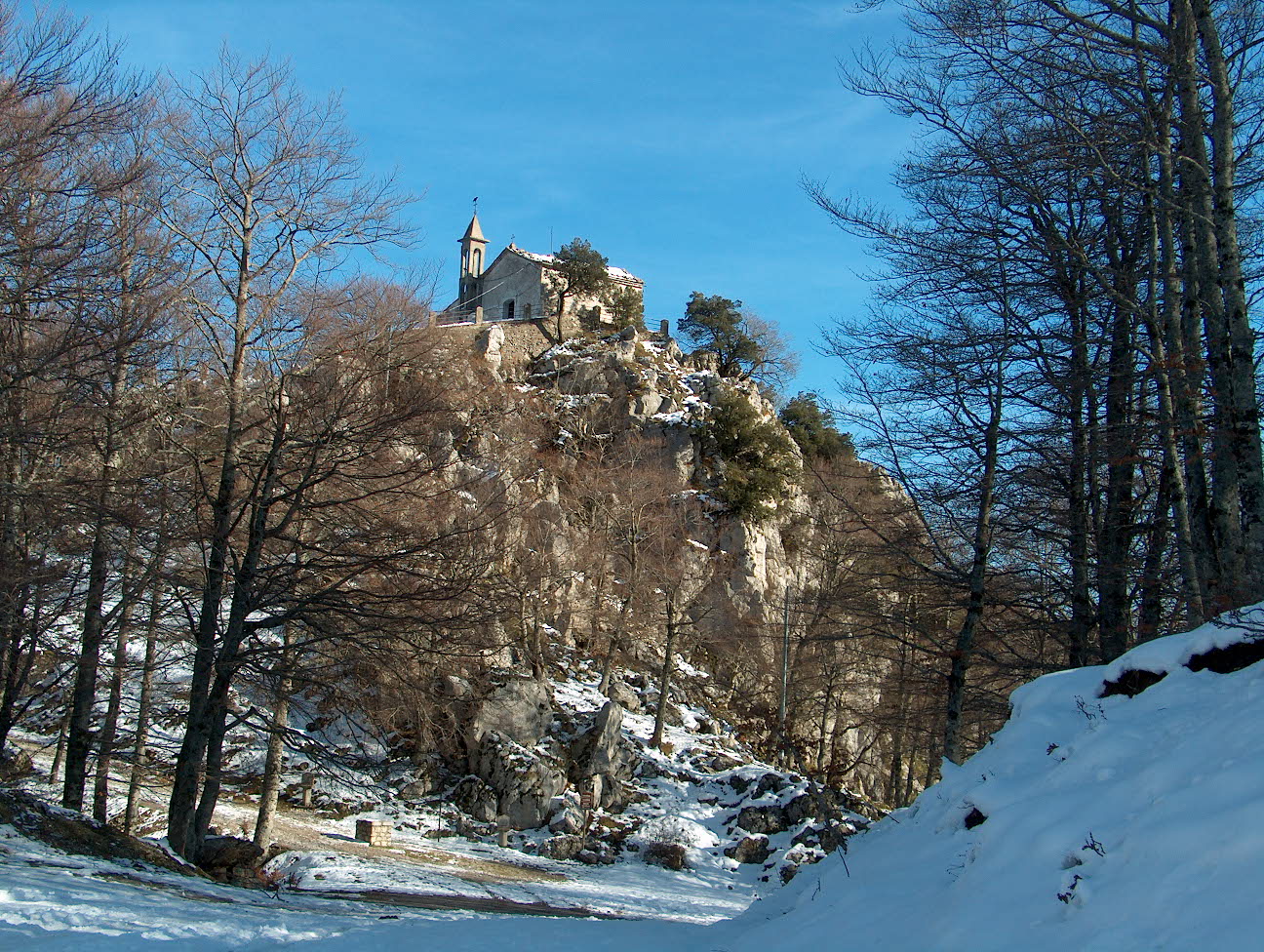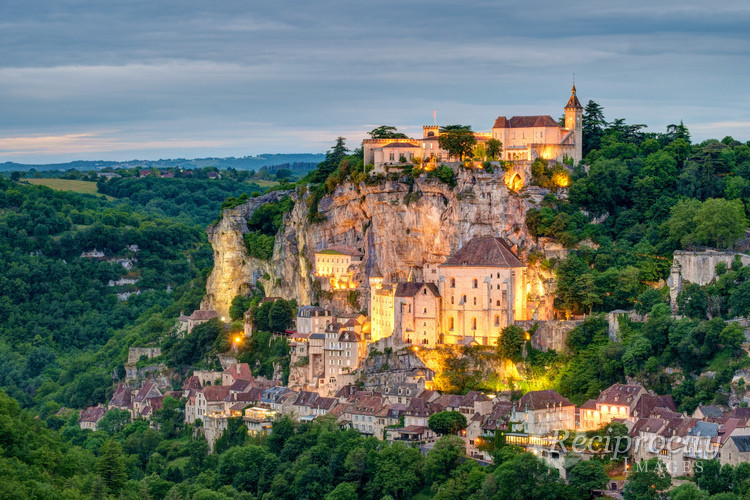a medieval village hidden on the slopes of Mount Pruno, with a large square and a small church of the eighteenth century, a fountain, stores and bars. It was inhabited by peasants and shepherds, shoemakers and blacksmiths, and there was no lack of "don". A small village comparable to many others, but only until 1902, when the danger of a landslide forced the inhabitants to move a little higher. Since that year, Roscigno became a unique village, special and abusive, like the only inhabitant who stubbornly continues to live there.
Roscigno Vecchia is a UNESCO World Heritage Site. In 1982 Onorato Volzone, journalist of Il Mattino, defined it as the "Pompei of 900". Visiting this small secret village means visiting a place and a time that are no longer there.
When we arrived in Roscigno Vecchia, a sign blackened by time warned us not to approach imprudently the existing buildings. The first sensation was that of visiting a ghost town. The houses are encased in beams supporting them and there is a surreal silence.
Collapsed walls, broken beams, smashed attics. There are stone portals, the ancient stores barred and in ruins. The blacksmith’s forge, the stables, the cellars. Then there is the church: San Nicola. The great Mother Church: eighteenth-century, elegant, deconsecrated. It was abandoned almost half a century ago. Three naves, full of altars. A church of the South.
Then there is the square… It is not a real square, in fact it does not resemble any other in the world. It has no pavement, it’s a big clearing. There is the fountain, there are the trees, there is the irregular perimeter of stone houses and some have been restored, others are still crumbling.
A magical place
